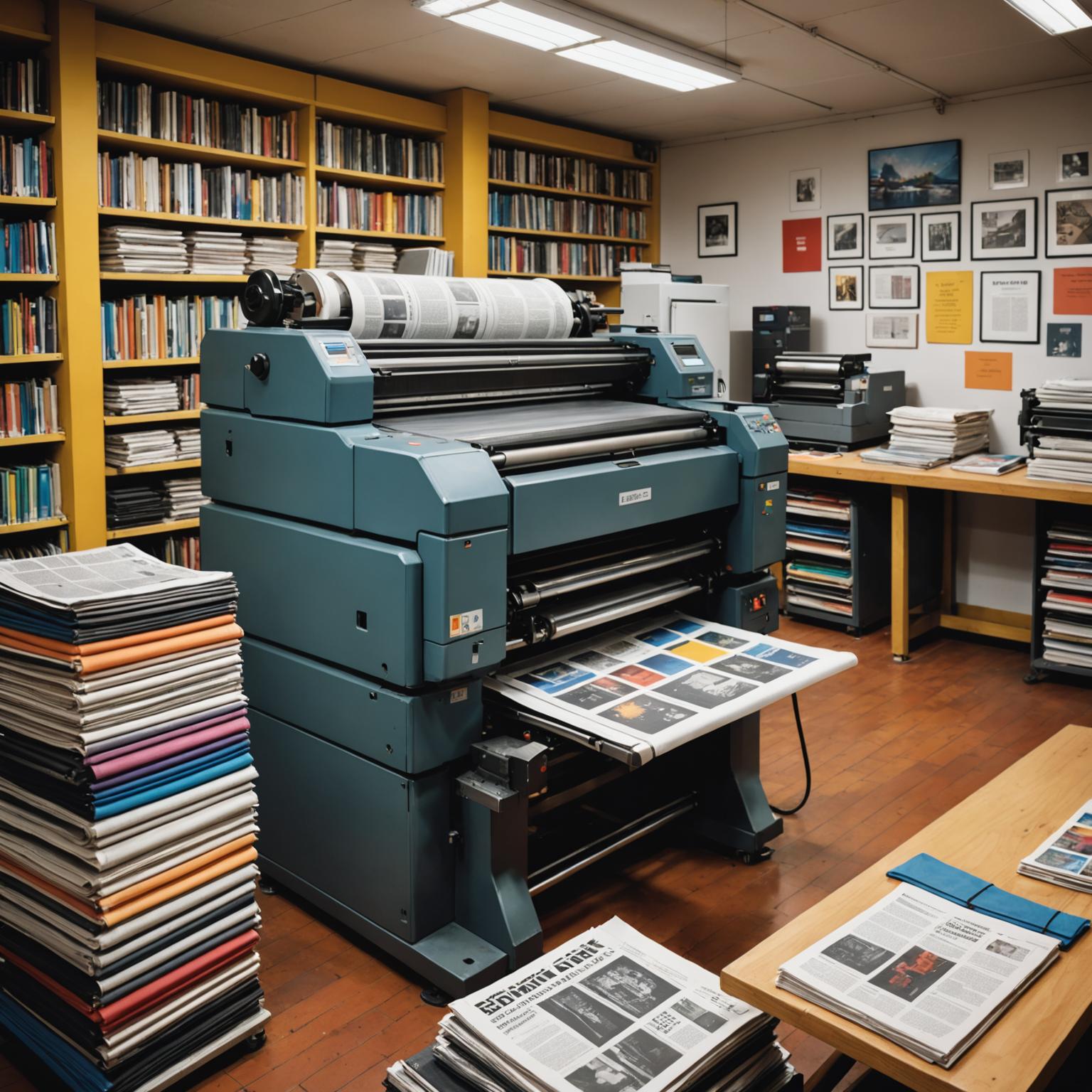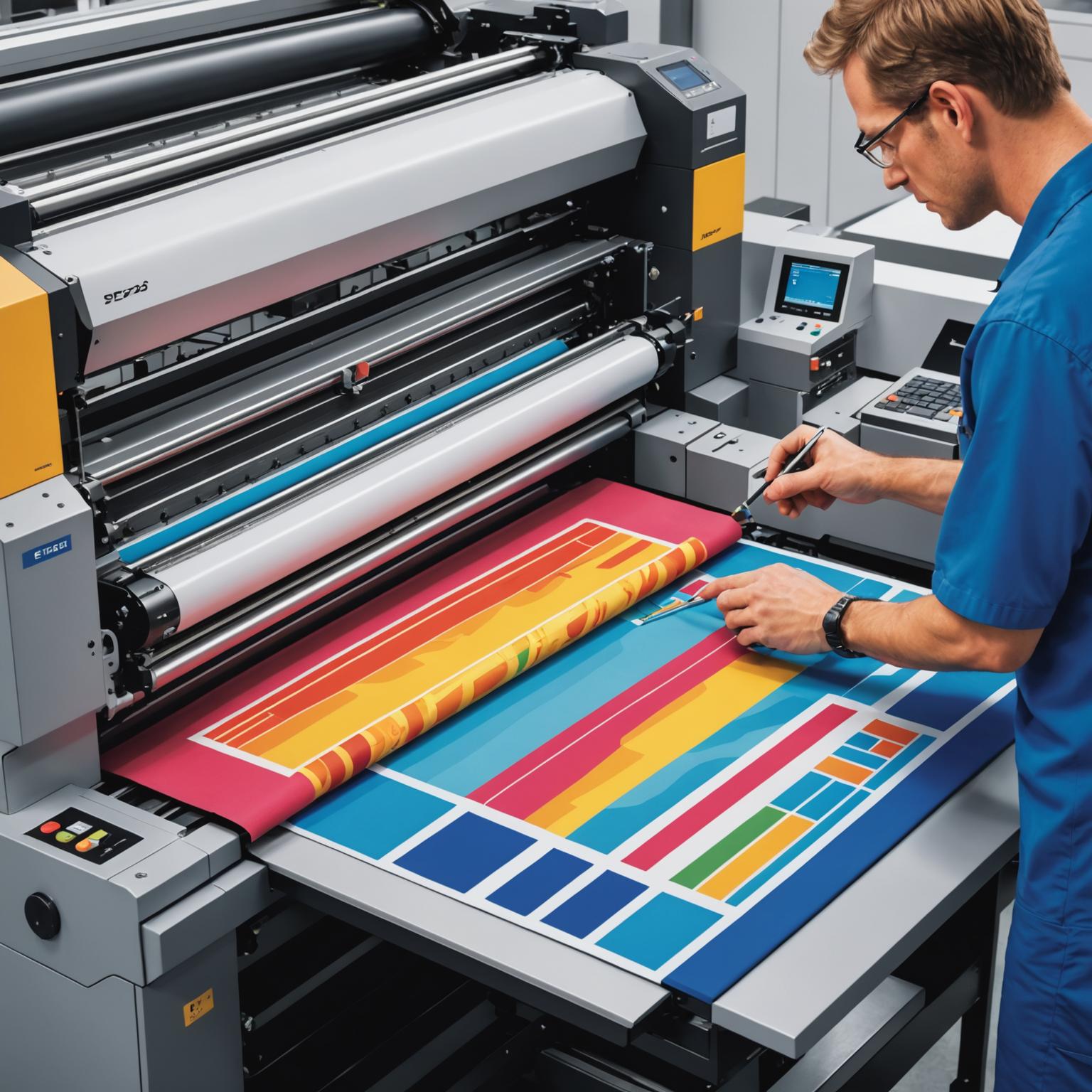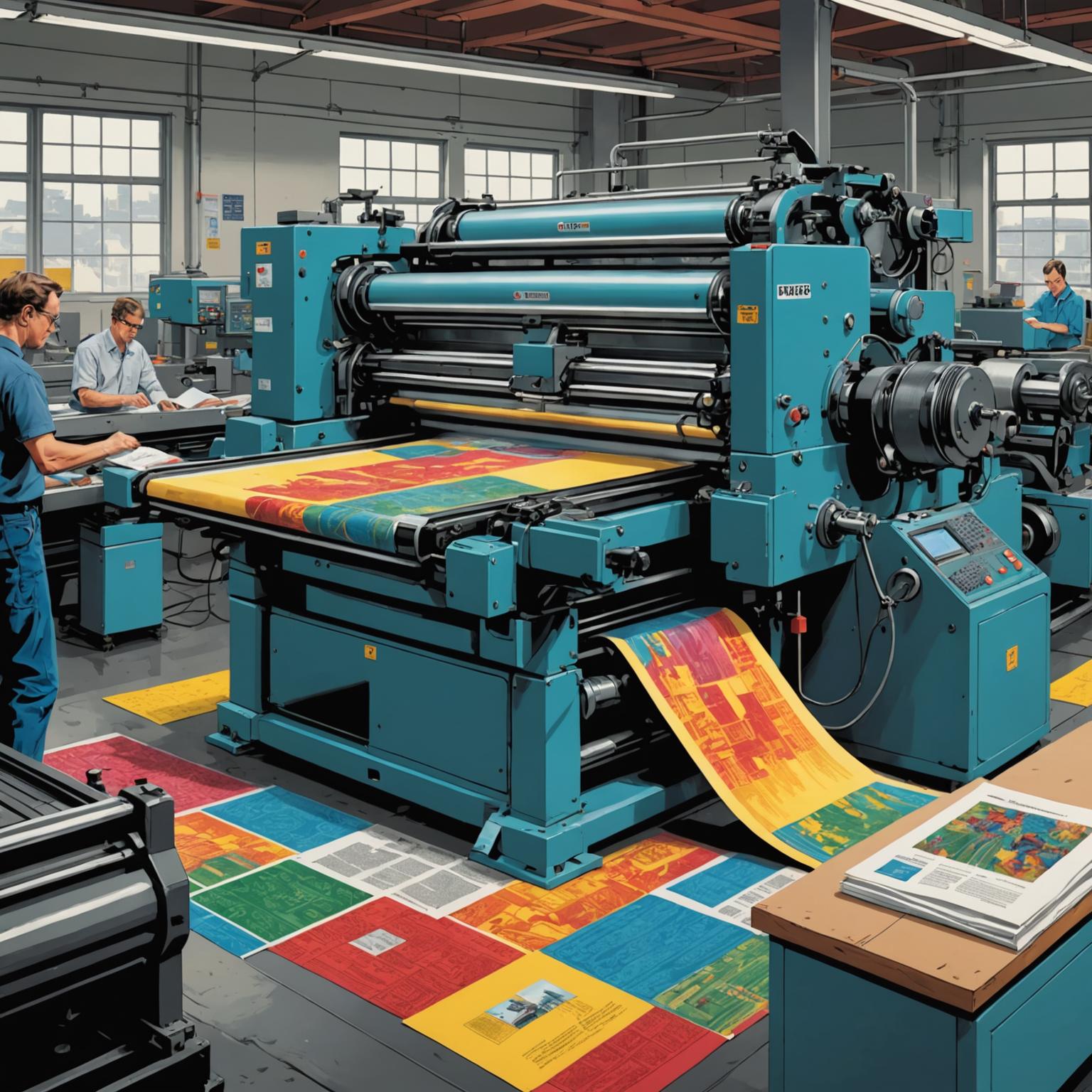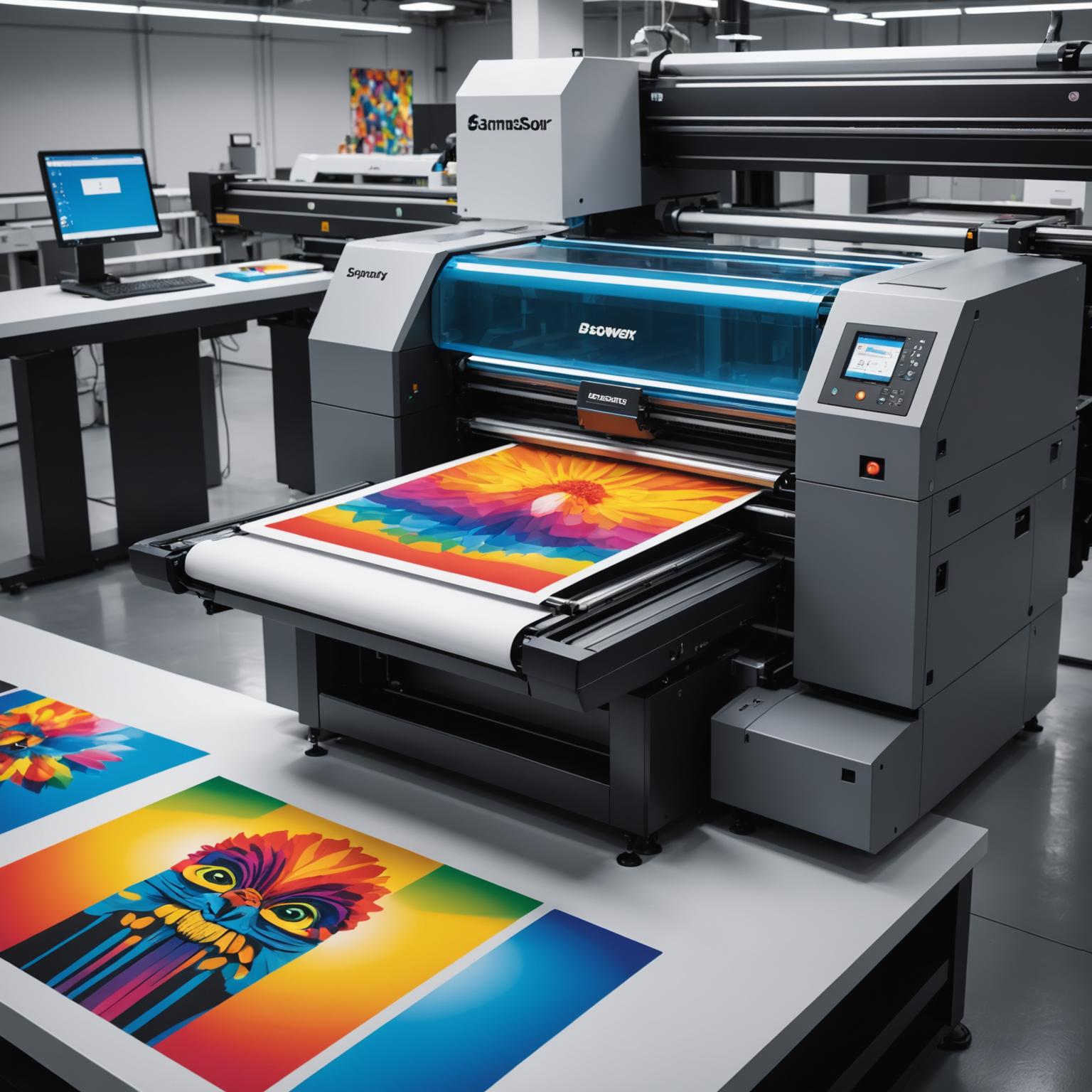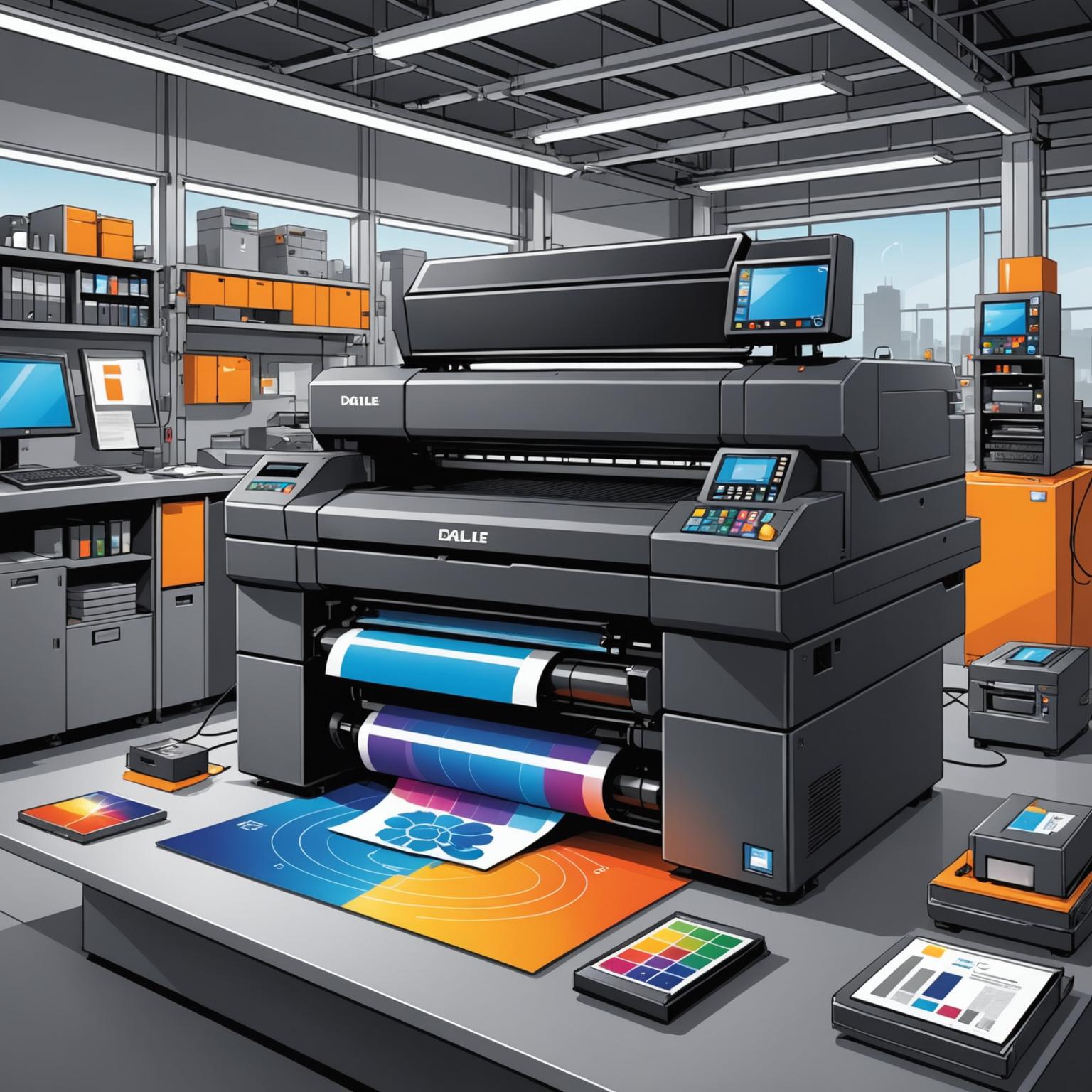The Versatile World of Self-Adhesive Materials
Self-adhesive paper is a fundamental material in countless industries, from logistics and retail to manufacturing and marketing. At its core, it is a composite material, typically consisting of three layers: a face stock (where the information is printed), a layer of pressure-sensitive adhesive, and a release liner or backing paper that protects the adhesive until application. This simple yet ingenious construction has revolutionized labeling, allowing for quick, clean, and efficient application on a vast array of surfaces. Its widespread use is a testament to its versatility, cost-effectiveness, and reliability in everyday commercial operations.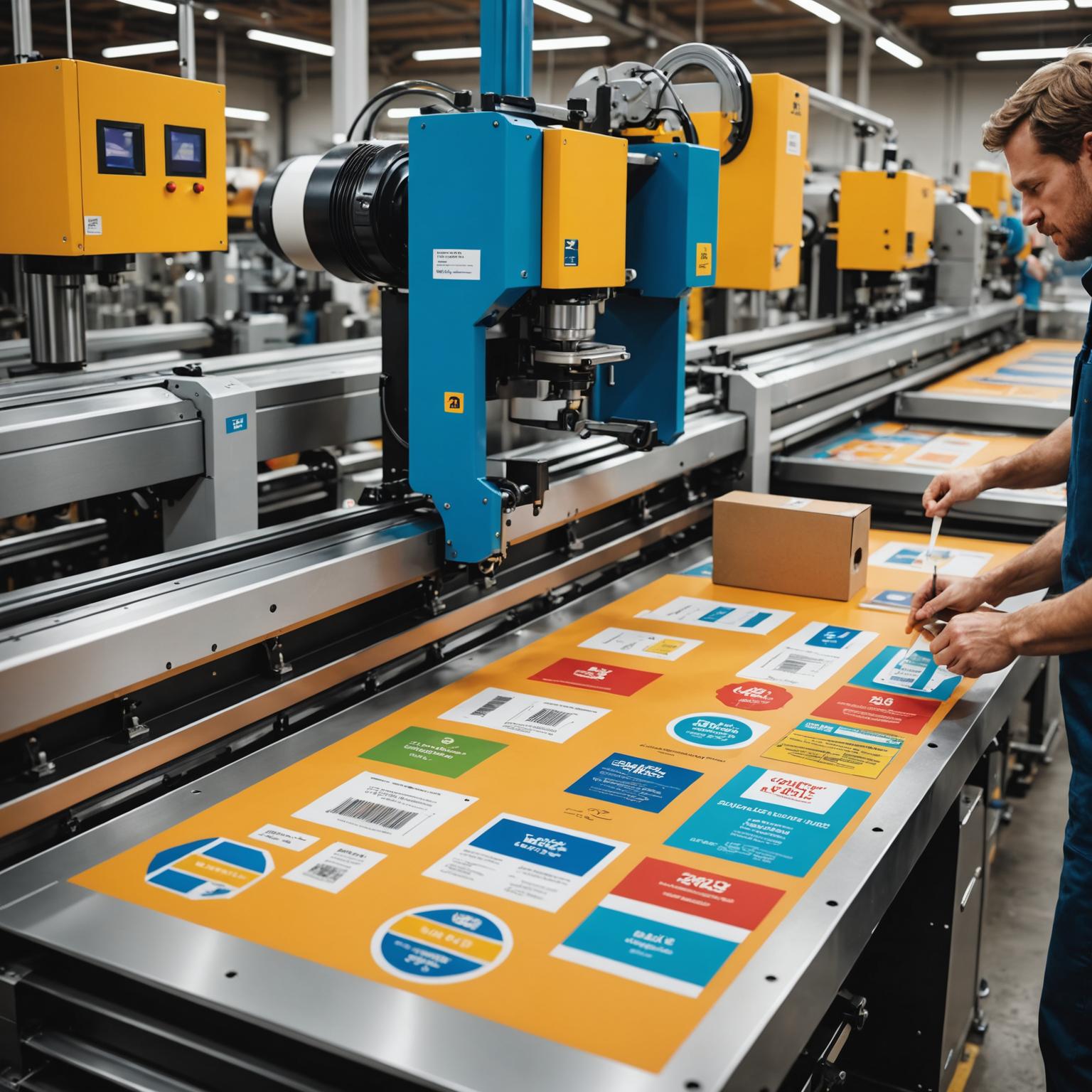
Understanding the Key Components
The effectiveness of any self-adhesive product hinges on the quality and synergy of its components. The face stock can range from uncoated paper to high-gloss films, each offering different aesthetics and durability. The adhesive can be permanent, removable, or repositionable, tailored to the specific end-use. However, the unsung hero is often the release liner, and a common and highly effective choice for this is a liner where the Backing paper:Kraft paper is used. Kraft paper provides excellent dimensional stability and strength, preventing the label from curling and ensuring smooth, trouble-free feeding through printing and automatic application machinery. Its robustness is critical for maintaining the integrity of the label before it reaches its final destination.
Innovations in Labeling: The New Performance Label
As industries evolve, so do their labeling requirements. Standard paper labels are not always sufficient for challenging environments, which has led to the development of the New performance label. These are not your average stickers; they are engineered solutions designed to withstand specific and harsh conditions. For example, a new performance label might be created to endure extreme cold in a frozen food supply chain, resist moisture and abrasion on a beverage bottle, or tolerate high heat and chemical exposure in an automotive or industrial setting. The development of such labels involves advanced chemistry in adhesives and durable, synthetic face stocks, all while relying on a stable release liner to deliver the product flawlessly.
The Enduring Role of Kraft Paper Backing
When creating advanced labels, the choice of backing material remains crucial. The use of Backing paper:Kraft paper continues to be a popular choice even for high-tech applications due to its inherent physical properties. Kraft paper's production process results in long, strong cellulose fibers, giving it high tear resistance and tensile strength. This ensures that the liner peels away cleanly without tearing, which is essential for both manual and high-speed automated application. Furthermore, it can be coated with silicone to achieve the precise level of release required, preventing the adhesive from sticking too strongly to the backing but ensuring it remains protected. This reliability makes it a foundational element for a wide range of self-adhesive paper products.
Future-Facing Adhesive Solutions
In conclusion, the world of adhesive products is one of constant innovation. While the foundational concept of self-adhesive paper is straightforward, the technology behind it is increasingly sophisticated. The drive for greater efficiency and durability has given rise to the specialized New performance label, capable of meeting the toughest industrial demands. Yet, even as these advanced products emerge, they are often built upon proven, reliable components. A material like Backing paper:Kraft paper provides the necessary strength and stability that allows these cutting-edge adhesive solutions to perform as designed, demonstrating how traditional materials and modern innovation can come together to create powerful tools for commerce and industry.


